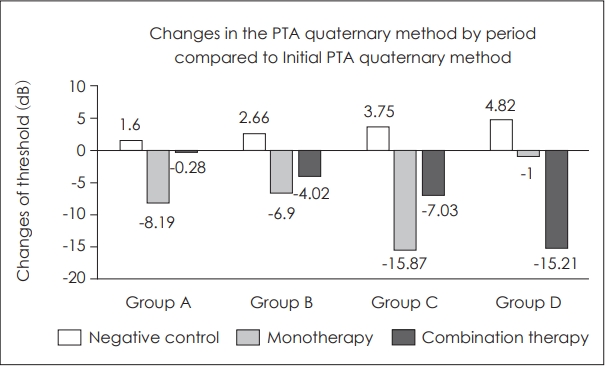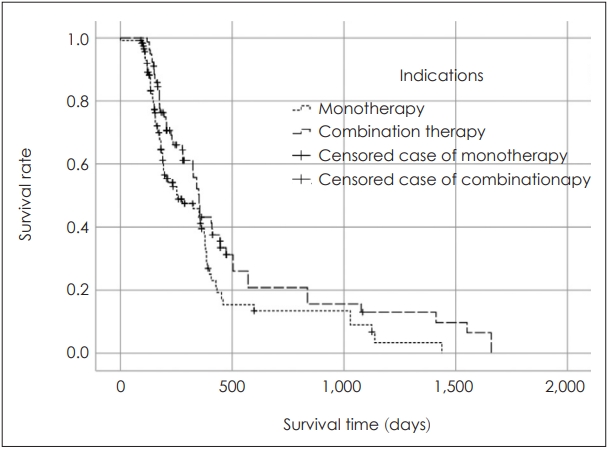1. Cheslock M, De Jesus O. Presbycusis. Treasure Island, FL: StatPearls Publishing;2022.
4. Nieman CL, Reed NS, Lin FR. Otolaryngology for the internist: hearing loss. Med Clin North Am 2018;102:977–92.

5. Gates GA, Cooper JC Jr, Kannel WB, Miller NJ. Hearing in the elderly: the Framingham cohort, 1983-1985. Part I. Basic audiometric test results. Ear Hear 1990;11:247–56.

8. Gates GA, Mills JH. Presbycusis. Lancet 2005;366:1111–20.


9. Uchida Y, Sugiura S, Nishita Y, Saji N, Sone M, Ueda H. Age-related hearing loss and cognitive decline—The potential mechanisms linking the two. Auris Nasus Larynx 2019;46:1–9.


11. Fetoni AR, Picciotti PM, Paludetti G, Troiani D. Pathogenesis of presbycusis in animal models: a review. Exp Gerontol 2011;46:413–25.


12. Ren H, Chen J, Wang Y, Zhang S, Zhang B. Intracerebral neural stem cell transplantation improved the auditory of mice with presbycusis. Int J Clin Exp Pathol 2013;6:230–41.


14. Hallak B, Schneider A, Güntensperger D, Schapowal A. Standardized Ginkgo biloba extract in the treatment of vertigo and/or tinnitus: a review of the literature. Adv Aging Res 2021;10:31–57.


16. von Boetticher A. Ginkgo biloba extract in the treatment of tinnitus: a systematic review. Neuropsychiatr Dis Treat 2011;7:441–7.


18. Spiegel R, Kalla R, Mantokoudis G, Maire R, Mueller H, Hoerr R, et al. Ginkgo biloba extract EGb 761® alleviates neurosensory symptoms in patients with dementia: a meta-analysis of treatment effects on tinnitus and dizziness in randomized, placebo-controlled trials. Clin Interv Aging 2018;13:1121–7.


20. Moreno MDJM. Cognitive improvement in mild to moderate Alzheimer’s dementia after treatment with the acetylcholine precursor choline alfoscerate: a multicenter, double-blind, randomized, placebo-controlled trial. Clin Ther 2003;25:178–93.


24. Clark JG. Uses and abuses of hearing loss classification. ASHA 1981;23:493–500.

25. Petersen RC, Thomas RG, Grundman M, Bennett D, Doody R, Ferris S, et al. Vitamin E and donepezil for the treatment of mild cognitive impairment. N Engl J Med 2005;352:2379–88.


26. Rejali D, Sivakumar A, Balaji N. Ginkgo biloba does not benefit patients with tinnitus: a randomized placebo-controlled double-blind trial and meta-analysis of randomized trials. Clin Otolaryngol Allied Sci 2004;29:226–31.


28. Heiss WD, Zeiler K. Medikamentöse Beeinflussung der Hirndurchblutung. Pharmakotherapie 1978;1:137–44.











